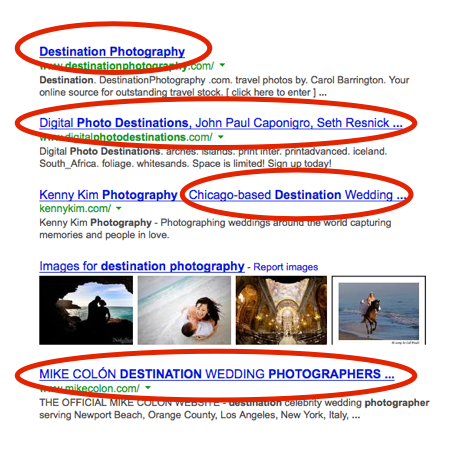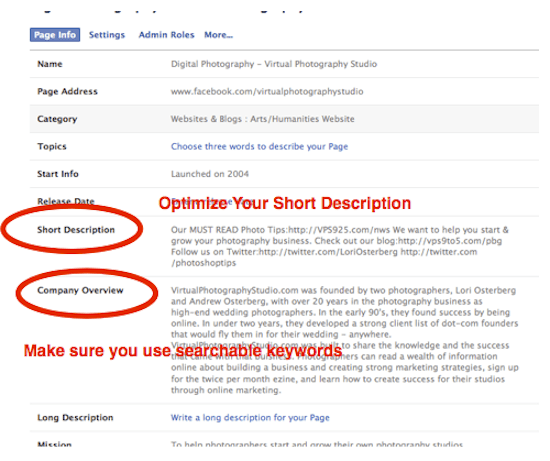Every once in a while, its nice to take a break and be inspired by something outside of your comfort zone. What are others doing in the world of photography? How can they motivate you to reach and grow and stretch beyond what you are currently doing with your own photography?
I recently ran across a few YouTube videos that provide inspiration to us photographers. Take a look and see what you think.
























